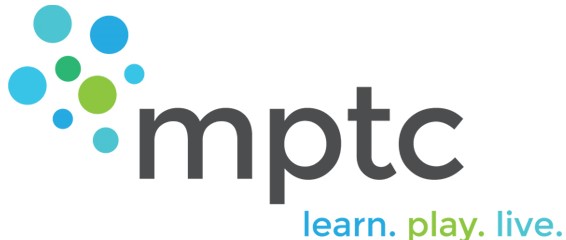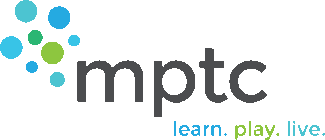
Augmentative and Alternative Communication
Every Voice Matters: AAC-Focused Speech-Language Therapy
Empowering authentic communication through AAC, total communication, and connection
Communication is a human right—and every person deserves a way to express themselves, advocate for their needs, and connect with others. At MPTC, we specialize in speech-language therapy that incorporates Augmentative and Alternative Communication (AAC) to support individuals who are nonspeaking, minimally speaking, or have complex communication needs.
We believe that communication is more than just speech—it’s connection, choice, and agency. And AAC can open the door to all of that and more.
🧠 What is AAC?
AAC stands for Augmentative and Alternative Communication. It includes tools and strategies—like speech-generating devices, symbol systems, communication boards, and gestures—that support individuals in expressing themselves in ways that work for them.
Whether your child uses a high-tech device or a combination of signs and visuals, our goal is to help them communicate authentically and confidently.
📚 What the Research Says:
- AAC does not hinder speech development—in fact, research shows it can promote spoken language for those who are able and want to use speech (Millar et al., 2006).
- AAC also supports receptive language by giving consistent visual language input and helping individuals understand routines, choices, and social exchanges.
- When used consistently, AAC helps build vocabulary, sentence structure, and self-advocacy skills—so individuals can express their wants, needs, ideas, and emotions.
💬 Total Communication Approach
We use a total communication model, encouraging all forms of communication—spoken words, AAC, gestures, facial expressions, body language, and signs. We don’t expect just one way of communicating. We celebrate all communication.
Why AAC? Because Everyone Deserves to Be Heard. Contact us today to learn more or schedule an initial evaluation with one of MPTC’s speech-language pathologists!
